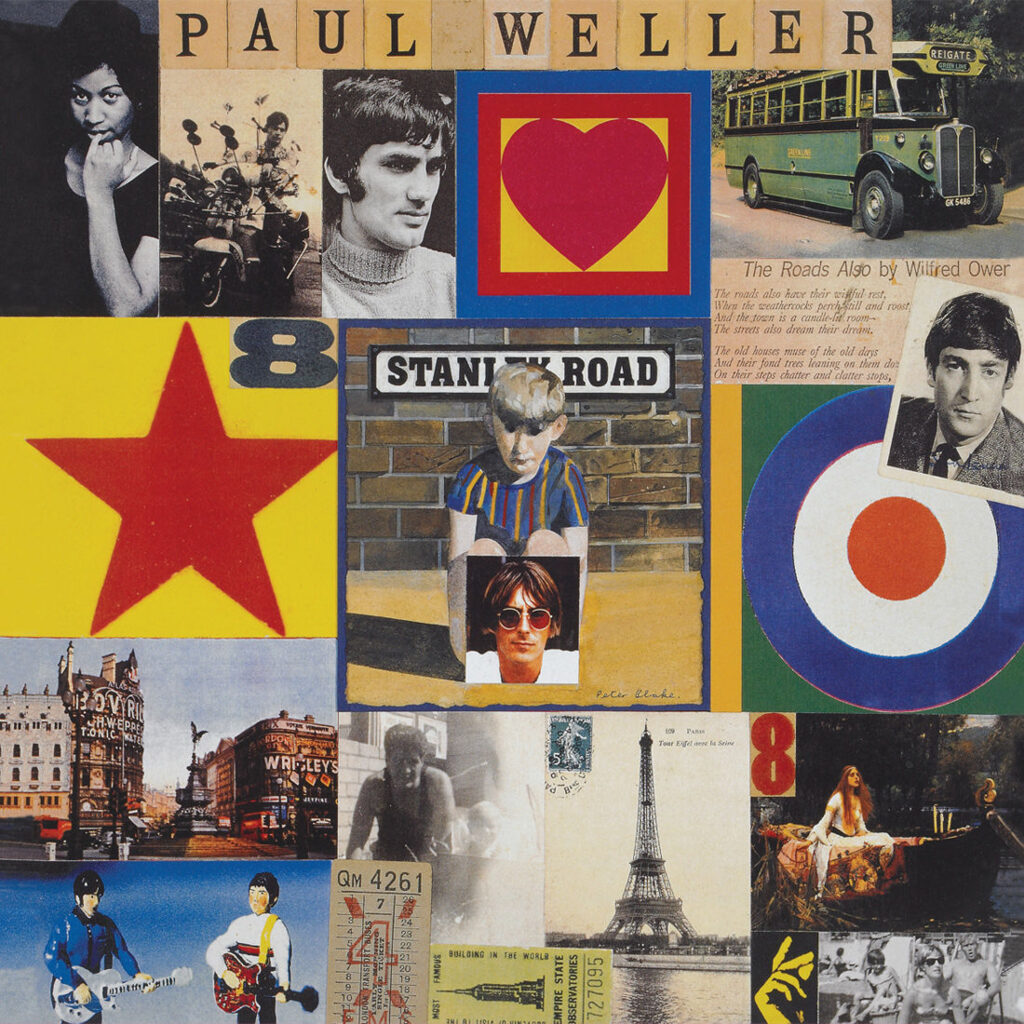Britpop (a word composed of “British” and “pop”) is a sub-genre of alternative rock that was developed in the UK in the early 1990s. Not only was it seen by all as a reaction to the neurotic American grunge movement (Nirvana, Pearl Jam…), it was also a reaction to the ethereal and noisy style of shoegaze (My Bloody Valentine, Slowdive…), both appreciated by the British public in the early 90s.
In this way, Britpop intended to return to a more traditional rock style, characterized by guitar melodies, catchy pop choruses and a sound tailored for radio stations, while becoming the heir to a wide range of earlier English music. Bands such as Oasis, Pulp, Blur, Supergrass, Suede and Manic Street Preachers were the reason for the huge success of Britpop in the 1990s. Nevertheless, the genre went into commercial and critical decline around 1997 due to the lukewarm reception of Oasis’ third album, Be Here Now, following two exemplary albums, and Blur’s decision to distance itself from the genre.
The British press then focused on Radiohead and The Verve, considered more ambitious than their peers but less representative of the typical Britpop sound. Yet, at the turn of the millennium, bands with glory such as Coldplay, Travis and Doves gave a second wind to Britpop while not forgetting to show an international face. In this article of Gazettely, we want to introduce some of the most popular Britpop albums of the 1990s.
Together with the Stone Roses, Paul Weller holds the title of “Father of Britpop.” After the successes with The Jam and The Style Council, he started working on his solo career in 1991, culminating with “Stanley Road” in 1995. Wellers third solo record went quadruple platinum in the UK and remains his most successful release to date.
However, it is less the sales figures that make “Stanley Road” a great album. It is rather the positivity conveyed and the joy of making music that one can’t help but feel when listening to it. Named after Weller’s street in Woking, England, this album serves as a clear reference to his British heritage. Occasionally reminiscent of Fleetwood Mac’s “Don’t Stop” from the album Rumours, its title track is Fleetwood Mac’s equivalent of Paul Weller’s “Stanley Road”: their opus magnum.
Also, when the album was released, the timing was gold. British pop was on the cusp of becoming absolutely mainstream in the united kingdom. Weller linked various eras of British pop history on “Stanley Road” on the one hand through his own person and on the other hand with guest musicians such as Steve Winwood and Noel Gallagher. Completing the release was artwork by Peter Blake, by none other than the designer of the “Sgt.Pepper’s” cover. He himself is still satisfied with the highlight of his career:
“We still play a lot of songs from “Stanley Road” live, which already says something about the longevity of the album. The first two solo albums are perhaps something like the prelude to this third. It all came together; it all fit. Because of all the concerts, I had enormous self-confidence when it came to playing, so the songs came as if by themselves. Once Noel Gallagher also came over, had a few glasses and then had to play along a bit.”


















































Discussion about this post